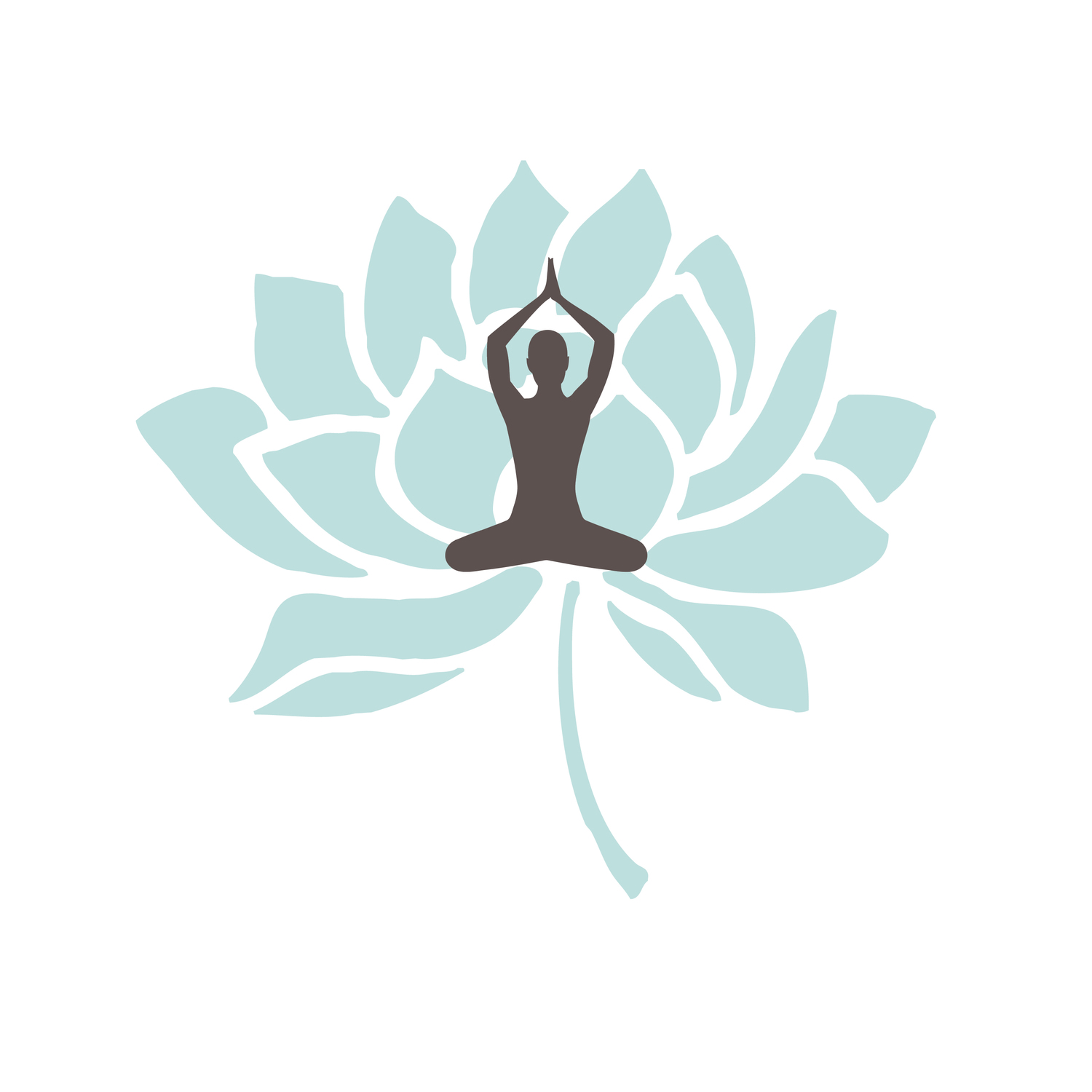“I am not pleading for poverty but praising simplicity.”
Out with the old, and in with the new. What is up with that in our society?
I’ve had plenty of cause to ponder this question in the last few of weeks, which has made me wonder why we hold “old stuff” in such low esteem.
Too. Much. Stuff.
Apple releases its new iPhone 5s, and people are scrambling to chuck their old versions, even if their current phones are working just fine. We got caught up ourselves, and investigated upgrading from our iPhone4s because we’d had our old ones for so long — three years(!) But we became so annoyed upon discovering that we would also have to replace all of our cords, including car chargers, that we decided to stick with the old awhile. Why can’t companies design for universal cords? What is up with that?
We have spent the last three years shedding accumulated stuff and simplifying our lives. We’ve twice significantly downsized our living space. This was inspired in part by having to clean out two houses after my parents' deaths that were chockfull of stuff. I'd estimate that 60 percent of it ended up in a landfill. Last week, we spent part of a day preparing for the installation of organizing systems in our high-rise condo. As we cleared out the closets for what seemed like the gazillionth time in three years, I still came across several things I forgot I had and never use. Scientific research is showing that, once basic needs are met, acquiring more stuff doesn’t correlate to more happiness. (We highly recommend the book Affluenza by John DeGraaf, Dave Wann, and Thomas Naylor or The Story of Stuff if you want to learn more.) Why do I still cling to stuff I have forgotten I have? What is up with that?
Gene "Wild Man" Marshall, 81, out-dancing everyone.
Our attitudes toward “old” also often extend to people. At a time when we could most benefit from the wisdom acquired from people’s extensive experience and expertise, we suggest older people retire and make way for the younger generation. Companies shed long-time workers, often because their salaries are the highest. The amount of institutional knowledge and general wisdom sent out the door is clearly undervalued. I was struck by this — quite forcibly — after meeting at our annual authors retreat a vibrant and connected man whose chronological age is 81. He freely shared his rich life experiences, his insights and his life force. People were eager to engage him in one-on-one conversation (and most of us, with a few exceptions, are hardly spring chickens.) The entire community was enthralled by his exuberant and indomitable spirit. Then we were completely blown away when he outdanced everyone at our Saturday night festivities. He didn’t take a single break as the DJ played rock, R&B, zydeco and swing tunes for more than two hours. Not one! Yet most people would look at him and just see an “old” man. What is up with that?
I wish I had answers. The question seems relevant to our modern times, and finding the answers seems imperative. But I am encouraged by the Systemic Authenticity initiative of Patagonia, a successful outdoor clothing and gear company. The company launched an advertising campaign that actually encouraging people buy less, or buy used. The company makes products that last three times longer than most of its competitors, and its mission includes deep commitment to sustainability. This company encourages customers to buy less, but still posts healthy profits.
What is up with that? I’m not sure, but I’d love to see more companies and consumers follow Patagonia’s example.




